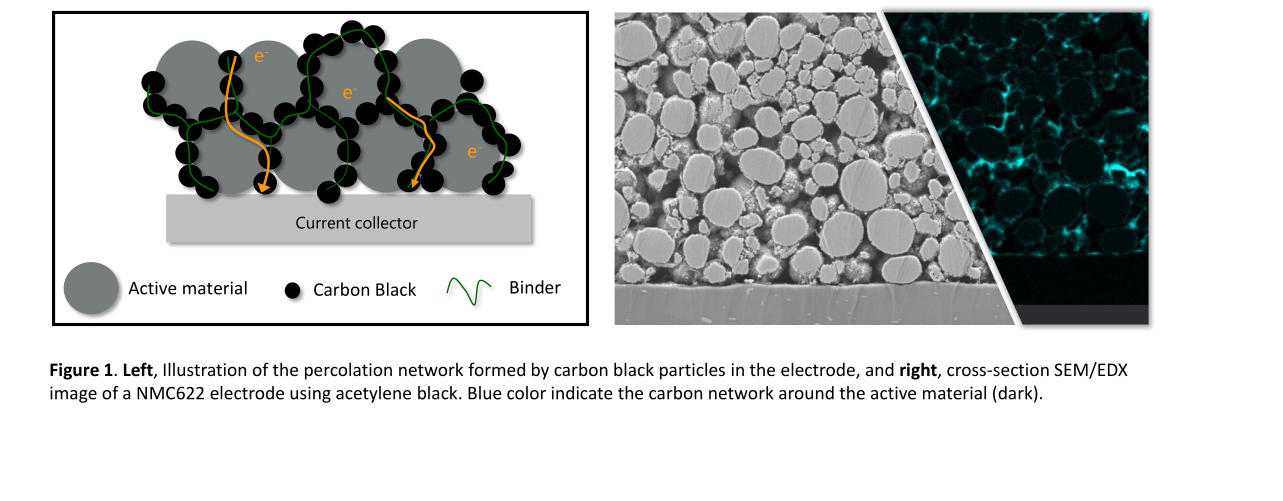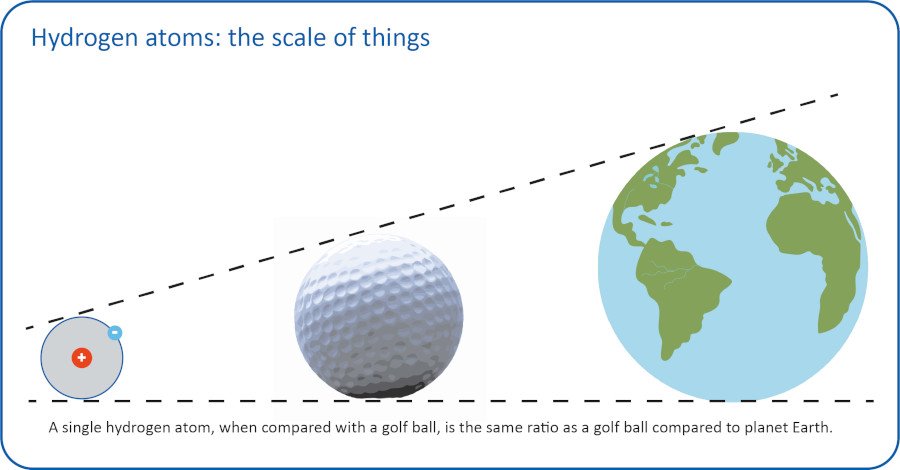Ayla Wolf, ,Johannes Rockenmaier

Process thermostats as key components for the testing of inverters
Increasing requirements in electromobility, for example, due to higher expectations in terms of range, faster charging capability, better thermal management, or new safety standards, lead to correspondingly higher demands on vehicle components. A central component of the drive system is the inverter, a high-performance electronic component. To ensure functionality and reliability in later operations, they are subjected to extensive electrical and thermal tests under realistic and extreme conditions using process thermostats.
Function and thermal management of inverters
Inverters have two tasks in an electric vehicle. On the one hand, they convert the direct current (DC) stored in the battery into alternating current (AC) for the electric motor. On the other hand, they are also responsible for the opposite process, the return of energy during recuperation. The motor acts as a generator that converts the kinetic energy released during braking, downhill driving, or coasting into electrical energy. The alternating current flowing here must be converted back into direct current for the battery. During operation, inverters generate a considerable amount of heat, especially under high loads. This has a negative impact on their efficiency and service life. In order to keep the inverter as efficient as possible and prevent overheating, thermal management ensures an adapted waste heat flow via the cooling circuit.

Stress tests of inverters
Inverters and other critical components are subjected to intensive and extensive testing during development and validation to ensure reliable and efficient use in the future. Realistic conditions such as full load (e.g. acceleration), extreme ambient temperatures (winter/summer or very hot or very cold climate zones), and varying refrigerant flow rates are simulated, exposing the inverters to a wide range of scenarios. This requires climatic chambers to simulate the external climatic conditions as well as process thermostats that simulate the vehicle’s thermal management (the cooling circuit).
Process thermostats simulate cooling circuits – examples of test scenarios
The Integral process thermostats are used in test benches worldwide. They enable the following test scenarios, among others.
Thermal load and cycle tests
Thermomechanical stresses are simulated by alternating between low and high temperatures and the robustness of the inverter. Process thermostats enable the coolant temperature to be set and controlled with high accuracy (±0.1°C) and simulate extreme temperature cycles between -40 and 140 °C.
Limit tests
The inverter is also tested in extreme situations, such as a cold start, to check its full functionality. In this case, the high power demand of the electric motors during start-up produces a high level of waste heat at the inverter. In order to protect the compact component from overheating, appropriate heat dissipation must be ensured immediately. For this purpose, a process thermostat, in combination with a flow control unit, must provide the volume flow of the pre-tempered cooling medium very quickly. In this way, the temperature of the cooling medium and the variable flow rate are used to quickly control the heat dissipation and bring or maintain the inverter at operating temperature.
Efficiency tests
Efficiency tests analyze the influence that the coolant temperature and flow rate have on the inverter’s efficiency. Process thermostats ensure stable operating conditions by precisely regulating the coolant temperature and minimizing thermal fluctuations. This is crucial for testing the inverter’s efficiency and robustness under different load conditions.
Lifetime tests
The inverter components’ service life and electronic functionality are realistically tested using temperature change profiles and controlled volume flow regulation. During thermal regulation, the process thermostats must utilize both the waste heat from the inverter and compensate for the influences of the environmental simulation in the climate chamber. For realistic results, the same coolant must be used in the tests that will later be used in the active system. LAUDA Integral process thermostats can be operated with the real coolants and fulfil the requirements for a temperature range of -40 to 140 °C and control accuracy (±0.1 °C). Both a flow control unit and a filling and draining unit are available as system extensions.

Conclusion
Process thermostats such as the LAUDA Integral complete test benches and test centers and enable manufacturers to validate the thermal management of inverters and analyze their performance during a wide range of operating conditions. The reproducibility and reliability of the data from analysis and validation depend crucially on the process thermostat in conjunction with a flow control system. Additional system extensions such as a filling and draining unit also make the LAUDA Integral ideally suited for series tests, as they standardize the change of test specimens, increase the efficiency of the test stand, and ensure reproducible results.
Ayla Wolf, Content Manager, Johannes Rockenmaier, Key Account Manager Automotive Lauda





